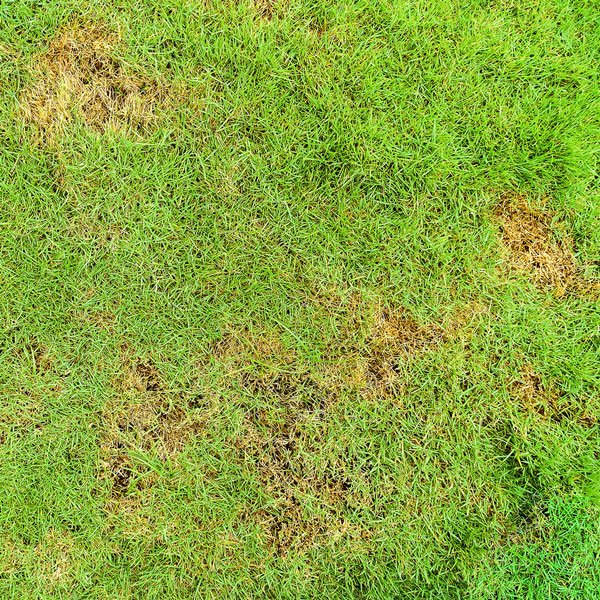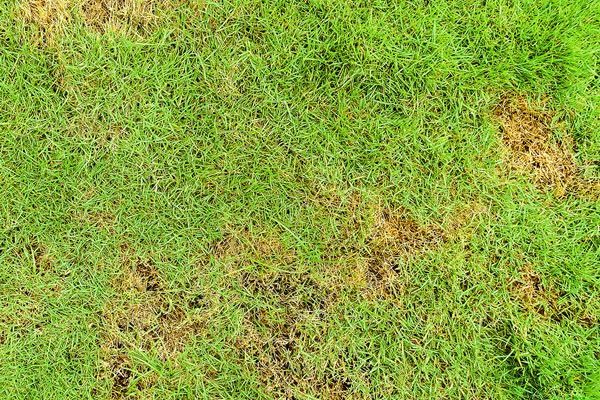
So, what exactly are grub worms? They’re actually the larvae of various beetles, like Japanese beetles or June bugs. They thrive in warm, moist soil, making them a concern for gardens and lawns, especially during the late summer and early fall. Their presence can be tricky to detect right away, but knowing the signs of grub worm damage can save you plenty of heartache—and grass.
Understanding Grub Worm Behavior
Before we dive into the damage they cause, let’s take a moment to understand grub worms a bit better. These pests emerge from their eggs in the soil and feast on grass roots, which ultimately leads to a lot of damage. They’re like the ultimate food critics, but instead of simply judging your garden, they munch their way through it. When the soil gets warm, they come out to play, creating a feast for themselves and a headache for you.
Grub worms are most active in late summer through the fall. They love to burrow and can be found about 1-4 inches deep in the soil. You might be wondering why this matters—well, the deeper they are, the tougher they can be to spot. But don’t worry, I’ll help you identify the signs!
Visible Signs of Damage
One of the most obvious signs of grub worm damage in your lawn is **patchy grass**. You might find areas where the grass looks thin or even dead. If you’ve noticed spots that seem to be browning while the rest of your yard looks green, that’s a red flag. It’s like when someone overcooks the pasta but the rest of the meal is just right—something just isn’t adding up!
Another sign is the grass feeling spongy or soft underfoot. When you walk across your lawn, it should feel firm. If it feels like you’re walking on a squishy sponge, it could mean the roots are being eaten away by grubs. The grass isn’t anchored properly, making the whole area feel unstable.
You might also find **dead patches** that are easily pulled up from the ground. If the grass lifts up like a carpet, with little resistance, that’s a sure sign that those little worms are at play beneath the surface. It’s honestly a good way to check for damage—just give it a gentle tug!
Signs of Animal Activity
If you see animals like birds or raccoons digging in your lawn, that’s another sign of potential grub worm issues. These critters love to snack on grubs, and if they’re digging around your garden, they might be trying to do you a favor. Think of them as nature’s little pest control agents, but instead of calling them in, you might want to take a closer look yourself.
When wildlife is more active in your yard than usual, it’s a sign that there’s something tasty hiding below. If you notice holes in your lawn or unusual digging, take a moment to investigate. Sometimes, animals are the first to alert you to an underlying issue, making them your unexpected allies.
Wilting and Yellowing Plants
Grub worms don’t just feast on your grass; they can affect your garden plants too. If you notice that your flowers or veggies are wilting or turning yellow, it could be due to grubs munching on the root systems. Plants need strong roots to thrive, and when those roots are compromised, it can lead to a sad-looking garden.
For example, if you’ve planted new flowers this season but they’re looking droopy and unhealthy, there’s a chance the grubs are snacking on their roots. Just like how you’d feel weak and tired without proper food, your plants suffer when their roots are damaged. This isn’t just a cosmetic issue—it can impact the entire health of your garden.
Checking for Grubs
So, how do you check for these sneaky invaders? It’s not as daunting as it sounds. Start by taking a small shovel and digging up a square foot of soil, about 3-4 inches deep. Turn the soil over and look for **grubs**. They’re usually off-white or light brown, with a soft, C-shaped body. You might find a few crawling around, or you might strike it lucky and discover a whole army!
It’s like doing a little treasure hunt in your yard. Take note of how many you find—generally, if you see more than 5-10 grubs per square foot, it’s time to take action. It’s all about keeping an eye on your garden buddies and ensuring they are healthy.
Preventing Grub Worm Infestations
If you’ve discovered signs of grub worm damage, don’t panic. There are steps you can take to prevent future infestations. **Healthy soil** is key. Keeping your lawn thick and healthy makes it less appealing for grubs. Aerating your soil and adding organic matter can give your grass a better chance against these pests.
Also, consider using **beneficial nematodes**, which are tiny worms that actually feed on grub larvae. It’s like sending in an undercover team to deal with the problem for you. Plus, these nematodes are harmless to your plants and pets, making them an eco-friendly choice.
Finally, timing is everything. Late summer to early fall is the prime time to take action against these little nuisances. Treat your lawn when you know they’ll be hatching, and you’ll stand a much better chance of keeping your grass beautiful and healthy.
In short, keeping an eye out for signs of grub worm damage can save your lawn and garden from unnecessary stress. Whether it’s patchy grass, animals digging, or wilting plants, each clue tells a story about your yard’s health. By understanding what to look for and how to prevent further issues, you can keep your garden thriving and vibrant.
Remember, it’s all about being proactive. If you see the signs early, you can take action before it gets out of hand. Think of your yard as a living, breathing entity that needs a little TLC now and then. With these tips in mind, you’ll be ready to tackle any grub worm problem that comes your way, ensuring your lawn stays the envy of the neighborhood!

